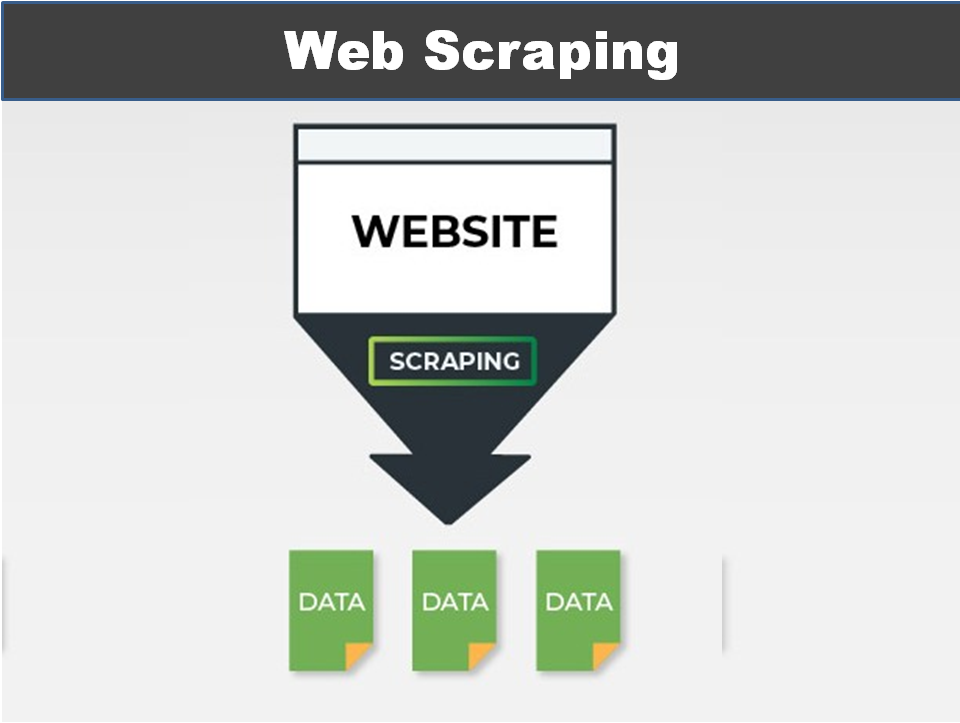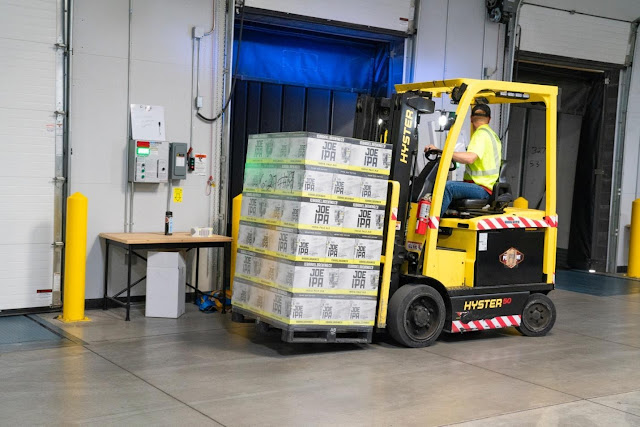What is Web Scraping?
Web scraping is when web content is collected by a web crawler and stored in a database. The web scraper then extracts data from the database for various purposes, such as to populate an online directory or collect information for use in research. Web scrapers are most often used by web indexing services and search engines that rely on this information to categorize websites. But scraping can also be used maliciously by competitors or people with bad intentions, who would not only scrape your website but delete content and even hijack your site.
This article will explore how web scraping damages websites and what you can do about it.
How Can Web Scraping Damage Your Website?
Web scraping can cause web pages to suddenly stop loading because web scrapers often request and store many web pages at the same time. Other problems that web scraping might create include:
- Incorrect information about your company in a search engine’s database of websites
- Your site ranking is being lowered by search engines due to scraper sites with duplicate content or copied pictures, which will outrank you on search results pages
- Having malicious code injected into your website as part of an effort to hijack it for nefarious purposes such as spamming other users’ email addresses
- When new content is added or changed on your site, outdated content from scrapers still present in the indexing service’s databases are not updated; this means that people who might be searching for the obsolete information will not find your new post and might even think you’ve removed it
Types of Web Scraping Techniques
– Web spidering scrapers use spiders to crawl through the web and find content that matches a specific set of keywords or phrases. The crawler then extracts information from these pages, including text, links, and images
– Web crawling web scraping can be accomplished with bots which are software programs designed to visit websites to index their contents for search engines automatically. Web crawlers also collect any data they come across on the page, such as images, videos, email addresses, etc. They will typically not follow hyperlinks beyond the initial target site unless explicitly programmed to do so
– DOM Parsing can be done through web browsers, which is accomplished using unique code that manipulates the web browser to take a snapshot of the web page it’s visiting.
– Crawling Code will often use crawlers for large-scale or high-frequency projects as they are more efficient than spiders and bots due to their robust abilities. Crawlers typically have access to all content on web pages, while spiders may only visit those with links found by crawling
– JavaScript extraction would extract information from websites to create databases of data about people, places, things, etc., without actually having visited any one site themselves
– Screen Scraping is web scraping that extracts data from web browser screens via webcams or other video devices.
– Database Querying web scraping extracts data from web databases, typically by using SQL queries to extract information
– RSS Feeds, and XML/XSLT Processing extracts data from RSS feeds and XML/XSLT processing
Other techniques commonly used include Xpath, HTML Parsing, Vertical Aggregation, Google Sheets, and Text Pattern Matching.
How to Prevent Web Scraping
There are many ways to prevent web scraping, which include:
– Using robots.txt to block certain pages of your site from being accessed by search engines and other site visitors
– Using a CAPTCHA or having web page text read aloud
– The simple obfuscation of the website makes it difficult for parsing scripts.
– Hiding information that is not meant to be accessed, such as login credentials and credit card numbers, from public view, will help prevent web scrapers from gaining access to this information
– A website could use JavaScript, which only responds after verifying that the person accessing the content is human through a CAPTCHA or other validation process. This would require people who want to scrape data from your site actually to type in some code before getting any info. It’s much more complicated than just taking what they see on screen
– Place an invisible pixel on the page’s background, which will change color if someone tries to copy information from your site
– You could also use a web application firewall (WAF) service, which will make it hard for web scrapers to find and access your site. This software can identify web scraper attacks based on signatures or other types of patterns that might be used
– You should monitor your website traffic by looking at the number of requests to web pages on your website for a specific time. You should also see if any requests look like web scraper attacks.
Conclusion
Stopping malicious web scraping is now an important part of website protection. Hopefully, this article has been helpful and has provided you with useful information to protect your website from web scrapers.
[tmh_article_ads]



Share your thoughts